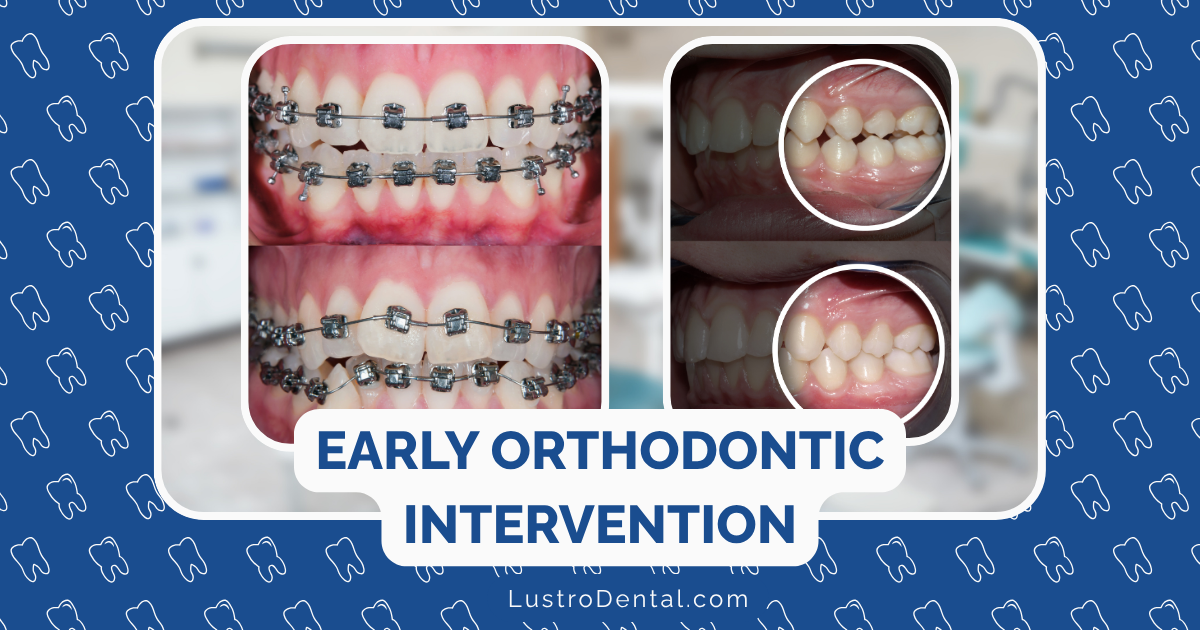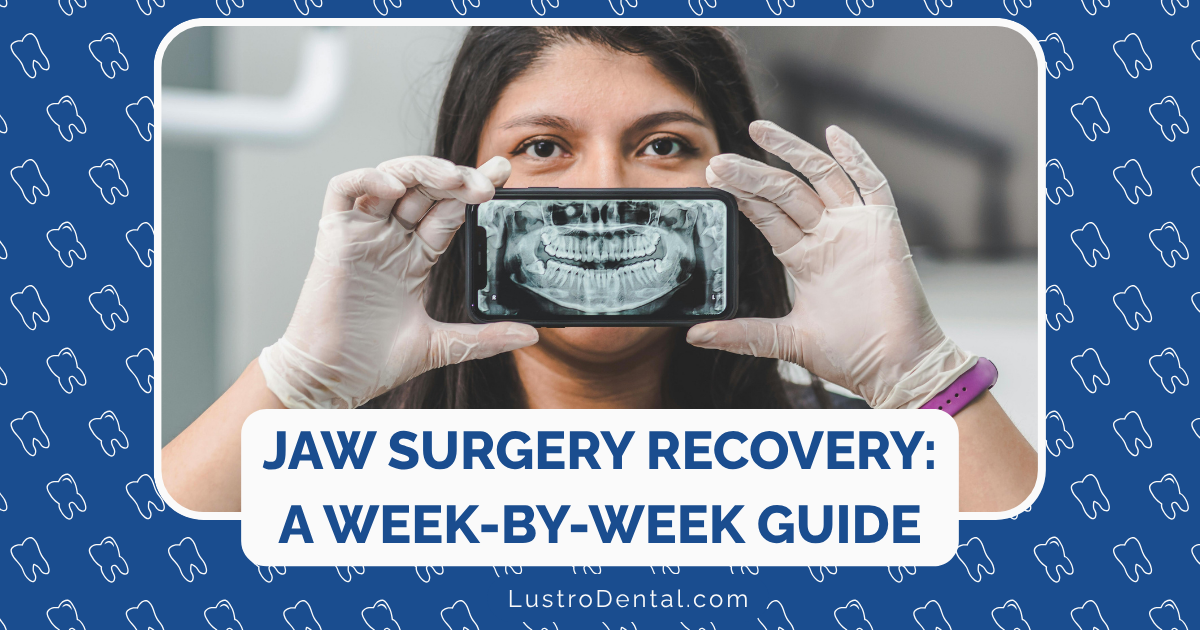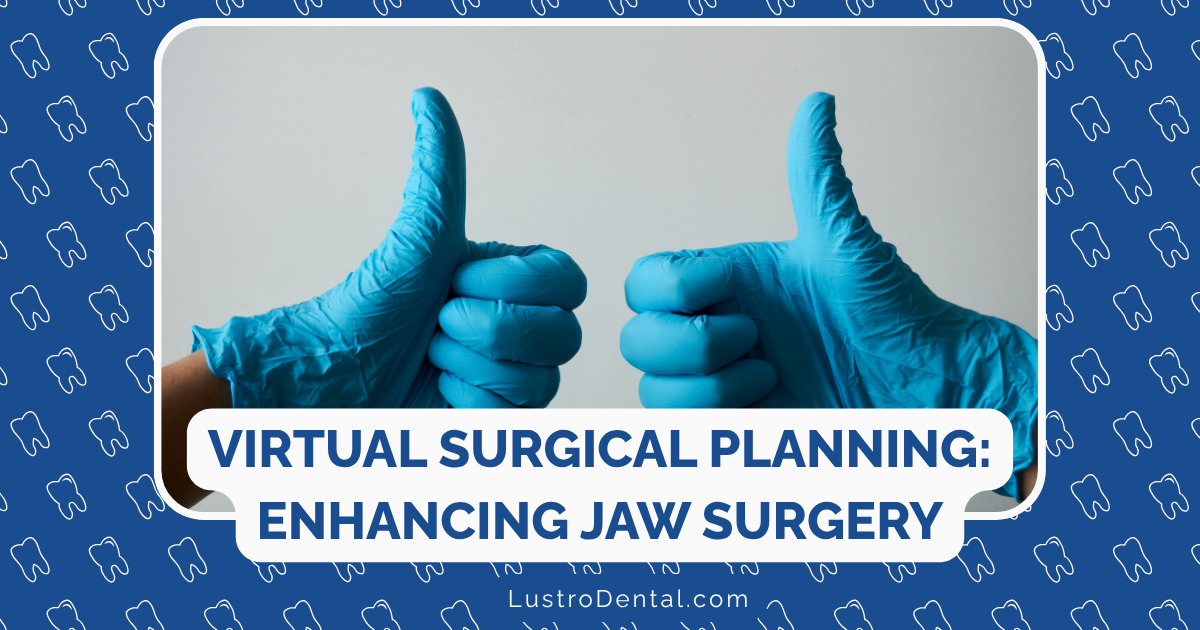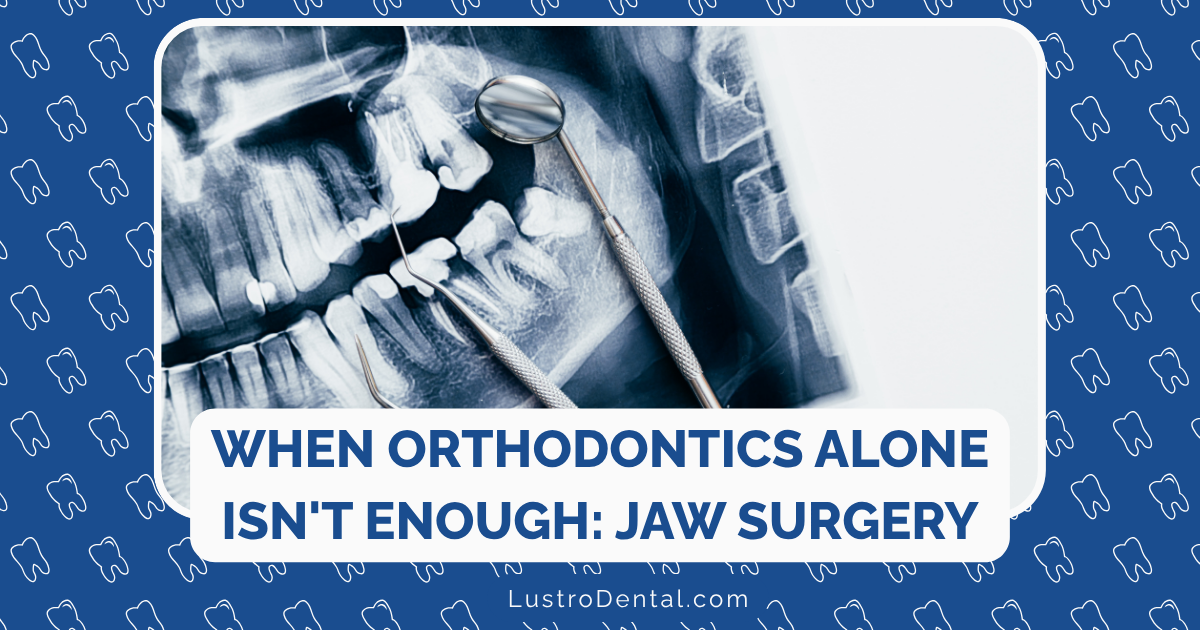Early Intervention Success Stories: Before and After Cases

When I first started working with families considering early orthodontic intervention for their children, I noticed a common thread of concern. Parents would ask me, “Is it really worth starting treatment so young?” or “Can’t we just wait until all the permanent teeth come in?” These are valid questions—ones I’ve heard countless times over the years.
Today, I want to share some remarkable transformation stories that answer these questions better than any textbook explanation could. These real-life cases demonstrate why early intervention (also known as Phase 1 treatment) can be life-changing for children facing specific orthodontic challenges.
Understanding Early Orthodontic Intervention
Before diving into our success stories, let’s clarify what early orthodontic intervention actually means. Phase 1 treatment typically begins when children are around 7-9 years old, while they still have a mix of baby teeth and permanent teeth. At this stage, the jaw is still growing, giving orthodontists a unique opportunity to guide development.
According to the American Association of Orthodontists, all children should have their first orthodontic evaluation by age 7. This timing is crucial because it allows specialists to identify potential issues before they become more serious.
Recent research published in 2025 shows that early intervention can be remarkably effective. A 10-year study found that 87.1% of children who received early orthodontic treatment had no further treatment needs afterward, with results remaining stable as they continued to develop.
Case 1: Emma’s Crossbite Transformation (8 Months)
Before: Emma came to us at age 8 with an anterior crossbite—her upper front teeth fit behind her lower teeth when she bit down. This was causing visible recession of her gum tissue around the affected teeth, and her parents noticed she was developing a habit of pushing her jaw forward when smiling.
Treatment Approach: We used a combination of a palatal expander and limited upper braces on just her front teeth. The treatment was designed to be minimally invasive while addressing the critical issue.
After (8 months later): Emma’s crossbite was completely corrected. Her upper teeth now properly overlap her lower teeth, protecting her gums from further recession. The forced jaw positioning disappeared naturally once her bite was corrected.
Long-term Impact: Three years later, Emma’s permanent teeth have continued to erupt in better positions, and the gum tissue has remained healthy. Her parents report that she smiles more confidently in photos, something she used to avoid.
“We were hesitant about starting orthodontic treatment when Emma was so young,” her mother shares. “But seeing how quickly the issues were resolved and how it’s prevented more serious problems—I’m so glad we didn’t wait.”
Case 2: Jayden’s Severe Crowding (12 Months)
Before: At age 9, Jayden’s dental arches were significantly narrowed, creating extreme crowding. His permanent incisors were erupting at awkward angles, and two were completely blocked from coming in. His dentist referred him immediately after noticing the severity of the crowding during a routine check-up.
Treatment Approach: We implemented a two-phase expansion approach. First, we used a lower lingual holding arch to preserve space, followed by an upper palatal expander to widen his narrow upper jaw. No teeth were extracted, despite the severe crowding.
After (12 months later): The transformation was dramatic. Jayden’s dental arches widened sufficiently to allow all permanent teeth to erupt naturally. The previously blocked incisors found their way into proper alignment once space was created.
Long-term Impact: By age 13, Jayden needed only minor adjustments with full braces (Phase 2), which were completed in just 14 months—significantly shorter than what would have been required without early intervention.
According to research published in the Journal of Clinical Orthodontics, cases like Jayden’s benefit tremendously from early intervention, with treatment time reductions of up to 40% compared to waiting until all permanent teeth have erupted.
Case 3: Sophia’s Underbite Correction (11 Months)
Before: Sophia, age 7, had a developing Class III malocclusion (underbite). Her upper front teeth fit behind her lower teeth, and her mid-face appeared slightly concave. Her parents were concerned because similar issues ran in the family, with Sophia’s uncle eventually requiring jaw surgery as an adult.
Treatment Approach: We implemented a combination therapy using a reverse-pull facemask (worn primarily at night) and expansion of the upper jaw. This approach took advantage of Sophia’s natural growth potential to encourage forward development of the upper jaw.
After (11 months later): Sophia’s profile showed remarkable improvement, with better projection of her midface. Her front teeth now have a positive overlap, creating a normal bite relationship.
Long-term Impact: At age 15, Sophia has maintained her corrected bite without requiring surgical intervention. According to a 2025 study in Nature, early intervention for Class III malocclusions can reduce the need for orthognathic surgery by up to 70% when addressed during the growth period.
“The transformation we’ve seen in Sophia goes beyond just her teeth,” her father notes. “Her whole face has a more balanced appearance, and knowing we helped her avoid the jaw surgery that other family members needed is incredibly rewarding.”
Case 4: Tyler’s Open Bite Resolution (10 Months)
Before: Tyler, age 8, had a significant open bite—when biting down, there was a large gap between his upper and lower front teeth. This was affecting his speech (particularly “s” sounds) and making it difficult to bite through many foods. The issue stemmed from a persistent thumb-sucking habit that had continued until age 7.
Treatment Approach: We used a combination of a habit-breaking appliance and myofunctional therapy to address both the physical manifestation (the open bite) and the underlying cause (improper tongue positioning and habits).
After (10 months later): Tyler’s open bite closed completely. His speech clarity improved dramatically, and he gained the ability to bite through foods properly.
Long-term Impact: The correction has remained stable for four years. Tyler’s speech therapist noted that progress accelerated significantly once the open bite was corrected, allowing him to graduate from speech therapy earlier than initially projected.
Case 5: Mia’s Impacted Canine Rescue (14 Months)
Before: During a routine evaluation at age 9, Mia’s panoramic X-ray revealed an upper canine that was severely displaced and heading toward impaction. Without intervention, this critical tooth would likely have remained trapped in the jawbone, potentially damaging adjacent tooth roots.
Treatment Approach: We created space in the dental arch with an expander, then used precisely positioned brackets to guide the impacted canine into its proper position once it was surgically exposed.
After (14 months later): Mia’s impacted canine was successfully brought into alignment with the rest of her teeth. The guided eruption preserved the health of adjacent teeth and established a balanced bite.
Long-term Impact: This intervention saved Mia from a more invasive procedure later and preserved a critical tooth that might otherwise have been lost. According to research from the American Journal of Orthodontics, early intervention for impacted canines has a success rate of over 90% when addressed before age 11, compared to less than 60% when treatment begins after age 13.
The Psychological Impact of Early Intervention
Beyond the physical transformations, I’ve observed profound psychological benefits in these young patients. Children who once hid their smiles in photos now beam confidently. Those who were teased about their teeth develop newfound self-assurance.
A study published in the Journal of Clinical Pediatric Dentistry found that children who received early orthodontic intervention showed significant improvements in social interaction and self-esteem measures compared to those whose treatment was delayed until adolescence.
Is Early Intervention Right for Every Child?
It’s important to note that not every child needs Phase 1 treatment. Early intervention is specifically recommended for certain conditions:
- Crossbites (posterior or anterior)
- Severe crowding preventing permanent teeth eruption
- Protruding front teeth at risk of trauma
- Underbites or severe overbites
- Harmful oral habits affecting development
- Severely displaced teeth or impactions
The American Association of Orthodontists recommends that all children have an orthodontic check-up by age 7, even if no issues are apparent. This evaluation can determine whether early intervention is necessary or if monitoring is sufficient.
The Science Behind the Success
What makes early intervention so effective? It’s all about timing. During the mixed dentition phase (when children have both baby and permanent teeth), the jaw is still growing and more responsive to orthodontic guidance.
A 2025 study in the Journal of Orthodontic Research found that early Class II correction had an 82% success rate compared to 65% when treatment was delayed until all permanent teeth had erupted. The same study reported that treatment stability ranged from 75% to 90% over follow-up periods of 2-7 years.
Final Thoughts
These success stories represent just a small sample of the transformative potential of early orthodontic intervention. While the physical changes are readily apparent in before-and-after photos, the most meaningful outcomes often can’t be captured in images—the confidence gained, the discomfort prevented, and the simplified treatment path forward.
If you’re wondering whether your child might benefit from early orthodontic evaluation, remember that timing is everything. That initial assessment by age 7 can open doors to simpler, more effective treatment options that might not be available later.
Have you noticed signs that your child might benefit from early orthodontic intervention? Or perhaps you have questions about what to expect during an initial evaluation? I’d love to hear your thoughts and concerns in the comments below.







